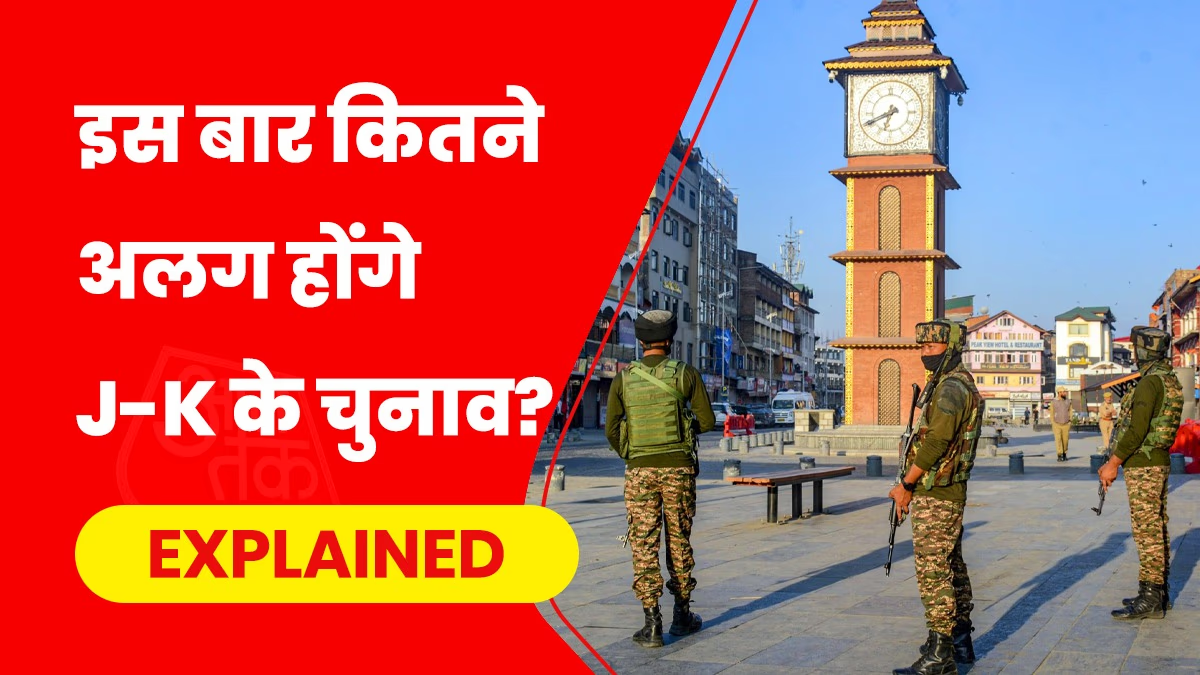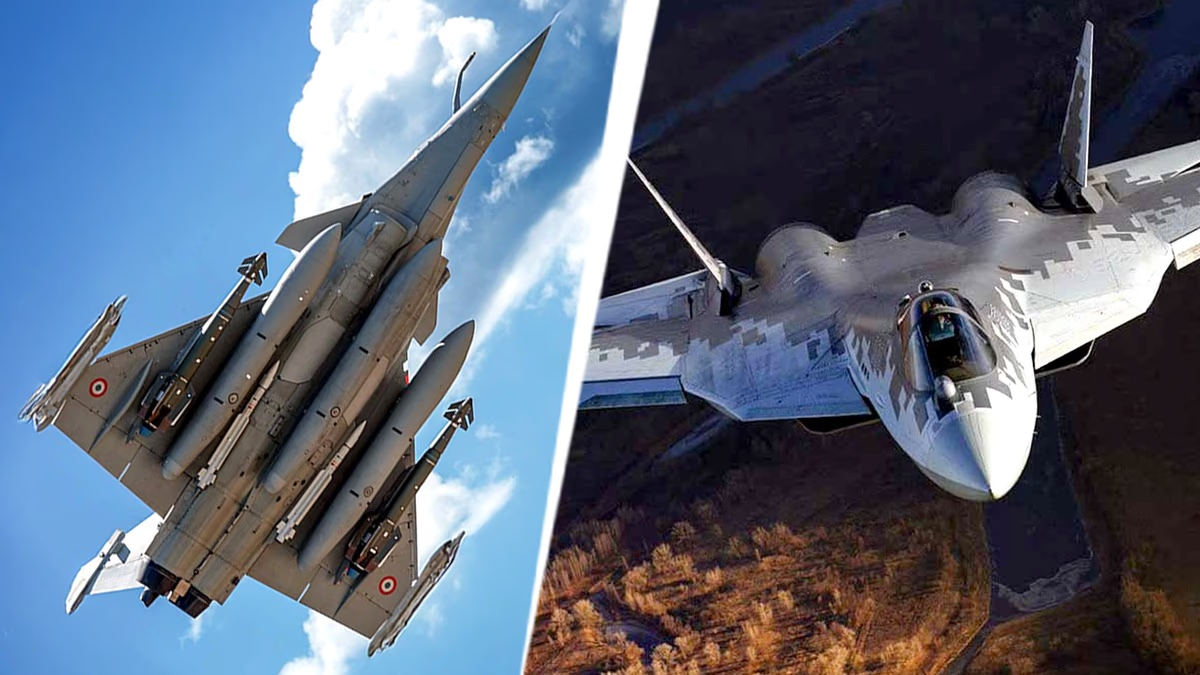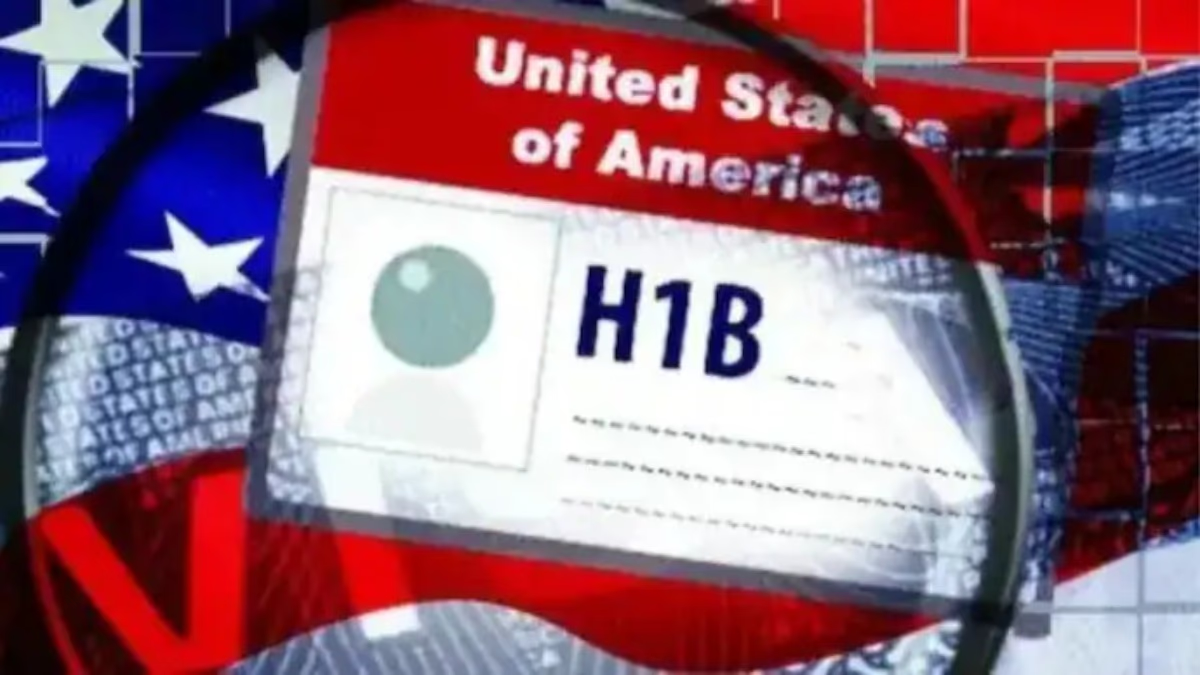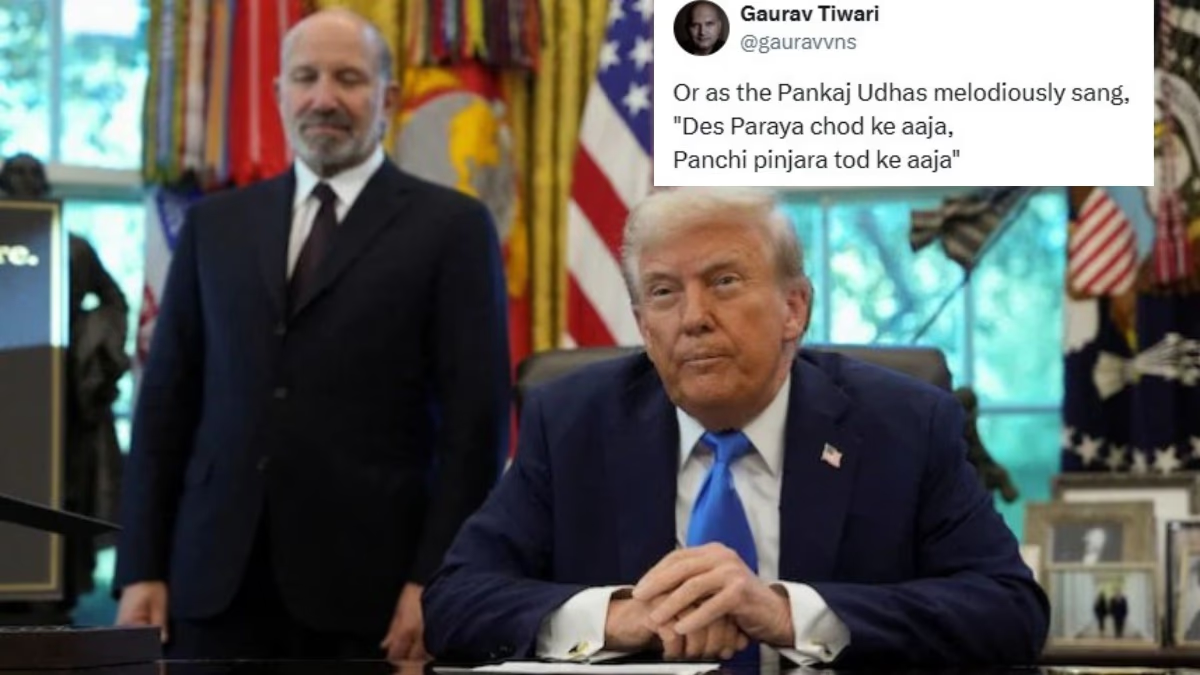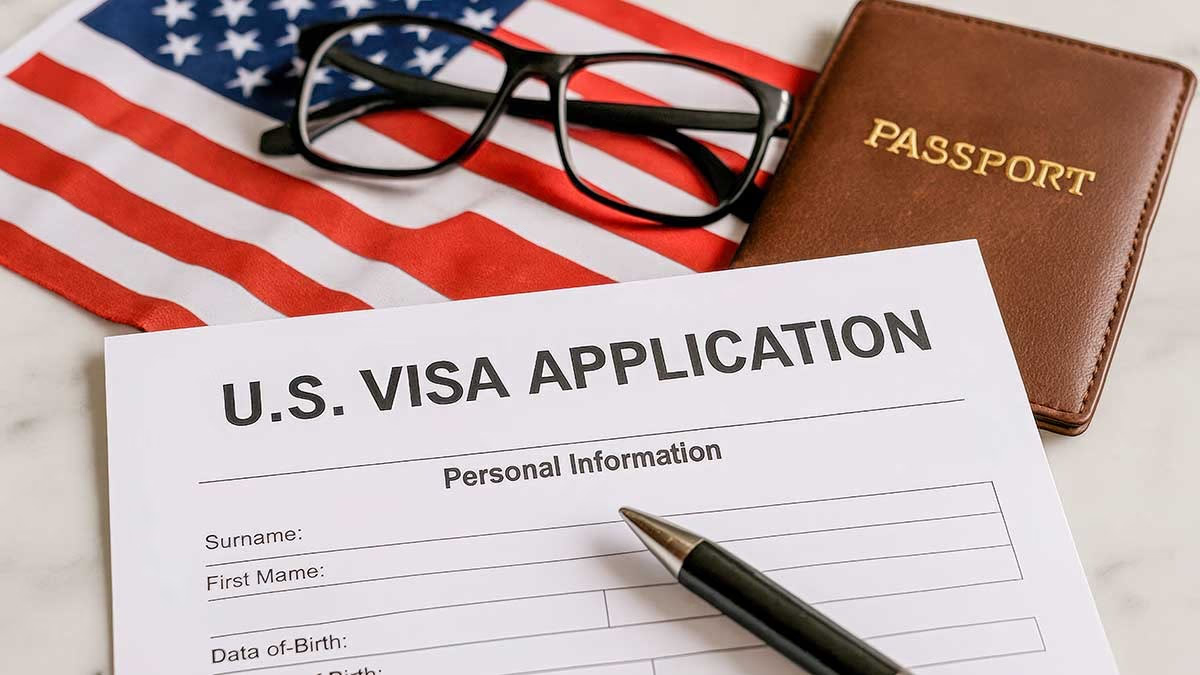The dates for the Jammu and Kashmir legislative assembly elections have been announced. The elections will be conducted in three phases. In the first phase, voting will take place on September 18 for 24 seats, on September 25 for 26 seats in the second phase, and on October 1 for 40 seats in the third phase. The results will be announced on October 4. The Supreme Court had ordered the elections to be held by September 30, 2024.
This will be the first legislative assembly election in Jammu and Kashmir since Article 370 was revoked. Article 370 was removed on August 5, 2019.
This legislative assembly election, happening after a decade, will be unique in many ways. A lot has changed since the last elections in 2014. The number of seats has increased slightly. Previously, everything was under the elected government, but now most powers will rest with the Lieutenant Governor.
So, what will be different in this election compared to the last one? And how might the political equations change?
How much has Jammu and Kashmir changed?
On August 5, 2019, Jammu and Kashmir underwent significant changes. It was split into two Union Territories: Jammu and Kashmir, and Ladakh. Jammu and Kashmir has a legislative assembly, while Ladakh does not.
However, even though Jammu and Kashmir has a legislative assembly, the government won’t function as before. Previously, the elected government had full authority, but now the Lieutenant Governor holds the highest power.
The Lieutenant Governor will have authority over police, land, and public order, while other matters will be decided by the elected government, subject to the Lieutenant Governor’s approval.
How many seats have changed?
Previously:
Jammu and Kashmir had a total of 111 seats: 37 in Jammu, 46 in Kashmir, and 4 in Ladakh. There were 24 seats reserved for Pakistan-occupied Kashmir (PoK).
Now:
Jammu now has 43 seats, Kashmir has 47, and 24 seats remain reserved for PoK, though elections cannot be held there. Ladakh does not have a legislative assembly. This brings the total to 114 seats, with elections being held for 90 seats.
In the Jammu region, one seat each has been added to Samba, Kathua, Rajouri, Kishtwar, Doda, and Udhampur. In the Kashmir region, an additional seat has been added to Kupwara district.
The new seats are as follows: Ramgarh in Samba, Jasrota in Kathua, Thannamandi in Rajouri, Padder-Nagseni in Kishtwar, Doda West in Doda, and Ramnagar in Udhampur. In Kupwara district, Trehargham is the new seat, bringing the total seats in Kupwara to 6 from 5.
What about Kashmiri Pandits?
Two seats have been reserved for Kashmiri Pandits, referred to as Kashmiri migrants. The Lieutenant Governor can nominate three members to the assembly, two of whom will be Kashmiri migrants and one will be a displaced person from PoK. Among the two nominated Kashmiri migrants, one will be a woman.
A person will be considered a Kashmiri migrant if they migrated from the valley or any part of Jammu and Kashmir after November 1, 1989, and their name is registered with the Relief Commission. A displaced person will be someone who came from PoK post-1947-48, 1965, or 1971.
Thus, the total assembly seats in Jammu and Kashmir come to 93, but elections will be held only for 90 seats, similar to the Puducherry model where out of the total 33 assembly seats, elections are held for 30 seats, and the central government nominates the remaining 3 seats.
Additionally, 16 seats are reserved for Scheduled Castes (SC) and Scheduled Tribes (ST): 7 for SC and 9 for ST.
The political landscape of Jammu and Kashmir has changed significantly. Previously, Jammu had 37 seats and Kashmir 46. Hence, performing well in Kashmir made forming a government easier.
Now, Jammu has 43 seats, and Kashmir has 47 seats. This means winning more seats in Jammu is also critical now. Jammu is predominantly Hindu, while Kashmir is predominantly Muslim. The increase in 6 seats in Jammu is expected to benefit the BJP.
In the 2014 assembly elections, BJP won 25 seats (out of 37) in Jammu. In the recent Lok Sabha elections, BJP won both seats in Jammu: Jammu and Udhampur. BJP had won these seats in the previous elections as well.
However, elections in Kashmir are anticipated to be quite interesting. Residents are reportedly upset about the removal of Article 370. BJP did not contest the Lok Sabha elections in Kashmir, which many linked to this discontent. BJP campaigned nationwide about the removal of Article 370 as one of its major achievements, yet chose not to contest in Kashmir.
There are new emerging smaller parties in Kashmir, such as ‘Peoples Conference’ and Altaf Bukhari’s ‘Jammu and Kashmir Apni Party’. It is claimed that BJP supports these parties. To cut votes and form a government, BJP’s support to these parties is seen as crucial.
The last assembly elections in Jammu and Kashmir were held in 2014. Out of the 87 seats, PDP won 28, BJP won 25, National Conference won 15, and Congress won 12 seats. BJP and PDP formed a coalition government with Mufti Mohammad Sayeed as the Chief Minister.
Following Mufti Mohammad Sayeed’s demise in January 2016, the state was under Governor's rule for nearly four months. Later, his daughter Mehbooba Mufti became the Chief Minister. However, the coalition did not last long, and on June 19, 2018, BJP withdrew its support from PDP, leading to Governors’ rule. Currently, the state is under President's rule.
Last year, the Supreme Court upheld the decision to revoke Article 370 and ordered the central government to conduct legislative assembly elections in Jammu and Kashmir by September 30, 2024.
